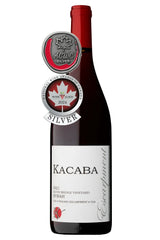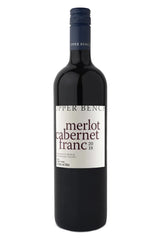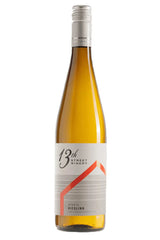Ortega Wine
This grape usually produces an off dry wine that is similar to Muscat. It was developed in 1948 by Hans Breider in Germany, when he crossed Müller-Thurgau and Siegerrebe. Breider named it in honour of Spanish poet and philosopher José Ortega y Gasset. Ortega is a light yellow-skinned grape and is produced as a varietal wine most notably in England, Germany and Canada.
Ortega and Muscat are so similar because of their strong floral aromas and fruit forward, sweet taste. Ortega wine is often used in blends because of this sweet aroma and taste. It can be used as a supplement for Riesling in numerous sweet wines. Ortega-based wines have low acidity, but can also provide fullness within a blend.
Ortega is not particularly sensitive to frost and ripens early, the vine is sturdy but unfortunately has poor disease resistance. Because of its hardiness to frost, Ortega can be found throughout Canada, specifically Nova Scotia, Ontario and British Columbia.
Pair Ortega wines with fresh seafood, vegetable dishes, or salty cheeses to accent its sweet taste.
In summary, Ortega has the following characteristics:
- Light yellow-skinned grape
- Most notably used to make white wine
- Developed by Hans Breider in Germany
- Cross between Müller-Thurgau and Siegerrebe
- Produces a wine similar to Muscat
- Strong floral aromas and fruit forward, sweet taste
- Often used in blends or as a supplement for Riesling
- Low acidity
- Most notably produced for varietal wines in England, Germany and Canada
- Not sensitive to frost, but susceptible to diseases
- Pair with vegetables, seafood or salty cheeses




